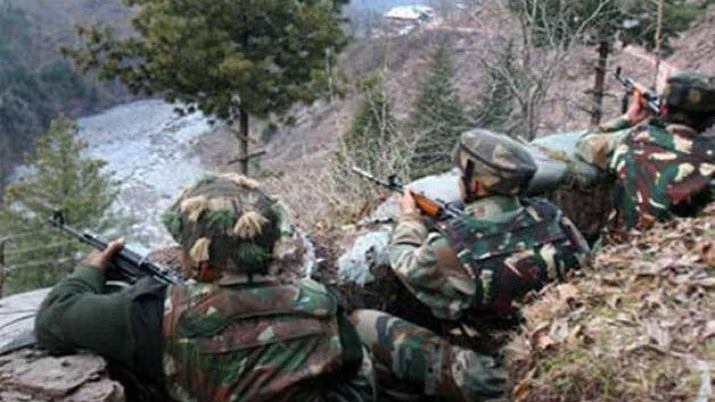Pakistan's notorious actions along the Line of Control (LoC) in Jammu and Kashmir show no signs of stopping. For the past nine nights, Pakistan has engaged in unprovoked firing. In the regions of Kupwara, Uri, and Akhnoor, the Pakistani army once again breached the ceasefire, and the Indian Army responded with vigor.
This situation develops in a period of heightened tension between India and Pakistan following a terrorist attack in Pahalgam on April 22 that resulted in 26 fatalities. India had issued a stern warning to Pakistan three days ago, declaring that continuous ceasefire violations would not be tolerated.
Pakistan Behind Continuous Firing Since April 24
On Tuesday, discussions via a hotline between the DGMOs of India and Pakistan took place, focusing on the firing and infiltration incidents by Pakistan. The shooting spree by Pakistan across different sectors of the LoC began on the night of April 24 and has been ongoing since. On the same day, India announced the suspension of the Indus Waters Treaty.
In retaliation, Pakistan closed its airspace for Indian aircraft, sealed the Wagha border, and suspended all trade relations with India. The Pakistani leadership belligerently warned that any attempt by India to divert Pakistan’s share of waters would be perceived as an "act of war."
Notably, in February 2021, the DGMOs of India and Pakistan had committed to re-enforcing the 2003 ceasefire agreement. However, the current situation once again hints at unrest and danger along the border.
Boundaries Divided Into Three Sections
The India-Pakistan border extends over a total of 3,323 kilometers and is divided into three parts: the International Boundary (IB), stretching approximately 2,400 kilometers from Gujarat to the northern bank of the Chenab River in Akhnoor, Jammu; the Line of Control (LoC), which is 740 kilometers long and runs from parts of Jammu to Leh; and the Actual Ground Position Line (AGPL), dividing the Siachen region from NJ 9842 to Indira Col over 110 kilometers.




